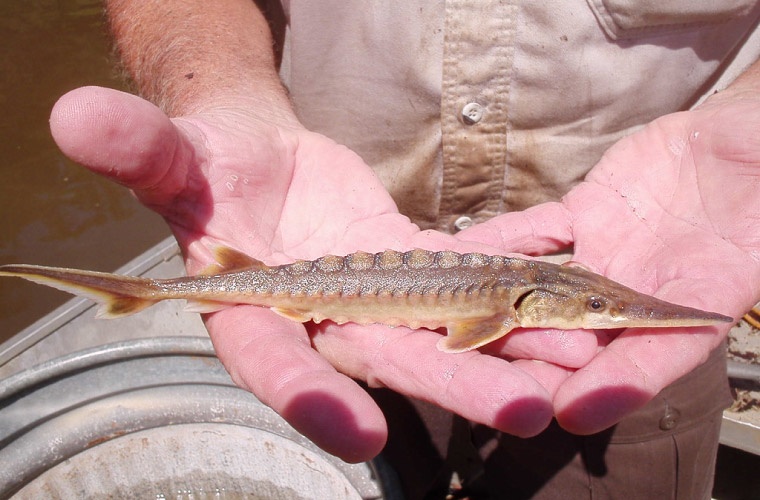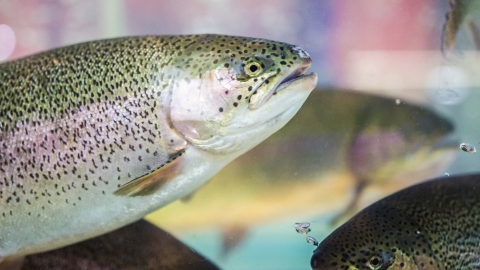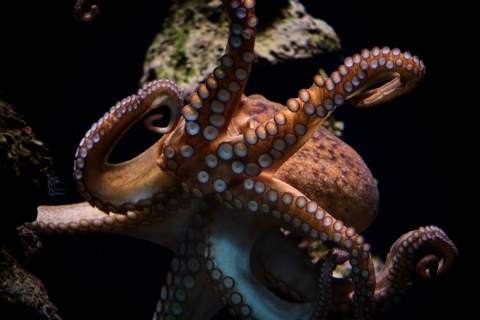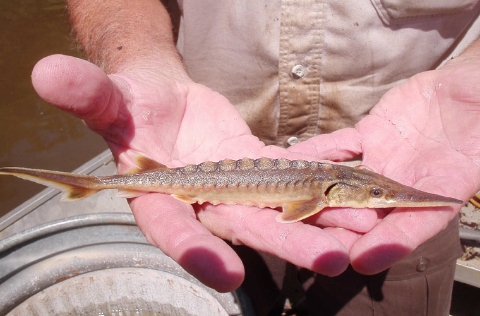 juvenil de esturión | @misPeces
juvenil de esturión | @misPeces
The research centre AZTI has patented a groundbreaking genetic method to dermine the sex of sturgeon at a much earlier age than previously possible-a development expected to greatly enhance the efficiency of caviar production. The technique, which uses Real-Time PCR genetic analysis, allows sex identification as early as one to two years of age, helping to cut costs and improve the sustainability of aquaculture operations.
Being able to determine the sex of sturgeon earlier is crucial to producers, as caviar is harvested exclusively form female roe. Identifying females at a juvenile stage is essential to avoid raising males, which offer no commercial benefits in this context. Until now, sexing was typically carried out via ultrasound-a more invasive method that could only be applied at more advanced developmental stages.
With this new technique, developed in collaboration with Caviar Riofrio, a Spanish company part of the Osborne Group, only a tiny tissue or blood sample is required for testing. This allows producers to tailor feeding and handling strategies form an early age, leading to more efficient use of resources, improved maturation in females, and ultimately, increased profitability.
“The industry needed a reliable, early-stage solution to determine the sex of sturgeon,” says Miguel Ángel Pardo, a specialist in food traceability and genetics at AZTI. “This method enables a more efficient and sustainable approach to caviar production.”
The technology has been successfully validated on 296 samples across various sturgeon species and is now protected under a pending patent application.
This scientific breakthrough aligns with broader sustainability goals in the aquaculture sector, significantly reducing resource use during the fattering phase. It holds considerable promise for improving the entire caviar value chain, particularly for European breeders of species such as Acipenser baerii and Acipenser naccarii, where sexual maturity can take up ten years to be reached.



